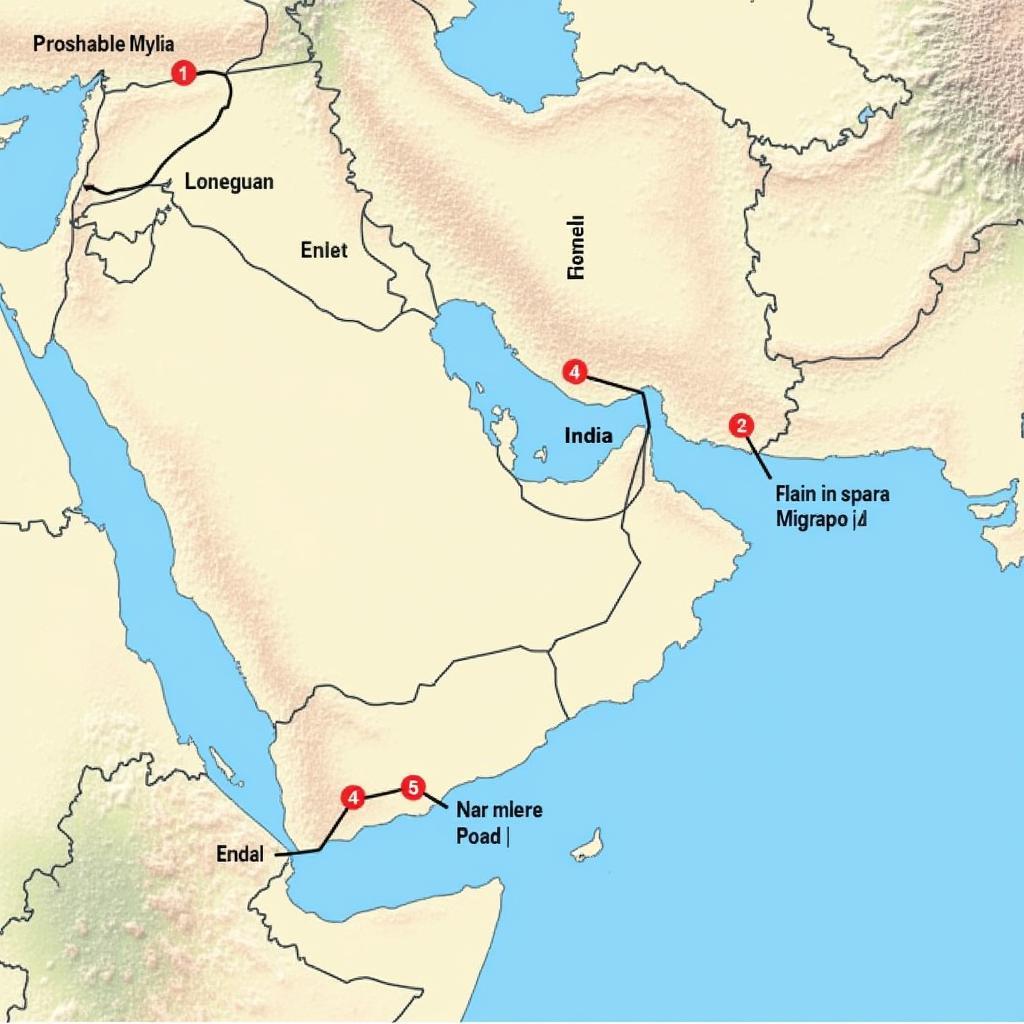African Flying Animals: Soaring Above the Savannah and Beyond
Africa, a continent teeming with biodiversity, is home to a remarkable array of wildlife, including a fascinating collection of flying animals. From the vast savannahs to the lush rainforests, the African skies are alive with the vibrant flutter of wings and the piercing calls of these airborne creatures. This exploration delves into the diverse world of African Flying Animals, showcasing their unique adaptations, ecological roles, and the challenges they face.
The African continent boasts a diverse range of flying animals, each with unique characteristics and ecological significance. Let’s take a closer look at some of the most iconic and fascinating species. These creatures play a vital role in maintaining the delicate balance of African ecosystems. From pollinating plants to controlling insect populations, their presence is essential for the health and vitality of the environment. For example, many fruit bats are crucial pollinators for a variety of plant species, while certain birds of prey help keep rodent populations in check.
Majestic Birds of Prey: Rulers of the African Sky
Africa’s skies are dominated by majestic birds of prey, including eagles, vultures, hawks, and falcons. These apex predators play a critical role in maintaining the balance of the ecosystem. The African fish eagle, with its distinctive cry, is a symbol of power and freedom. This magnificent bird is often seen soaring above lakes and rivers, its keen eyesight scanning the water for its next meal. Another notable bird of prey is the martial eagle, one of the largest and most powerful eagles in Africa, capable of taking down large prey such as antelopes and monkeys.
Vultures, often overlooked, are essential scavengers, keeping the environment clean by consuming carcasses. Their unique digestive systems allow them to safely consume decaying flesh, preventing the spread of disease. They contribute to a healthy environment.
Colorful Birds of Paradise: Jewels of the African Rainforest
The vibrant rainforests of Central and West Africa are home to an array of colorful birds, including parrots, turacos, and sunbirds. These birds contribute significantly to seed dispersal and pollination, ensuring the continued growth and diversity of the rainforest flora. The African grey parrot, known for its remarkable intelligence and ability to mimic human speech, is a popular pet. This demand, unfortunately, has led to significant declines in wild populations due to illegal trapping. Check out resources like the African grey parrot food for sale if you are a current owner.
Bats: Masters of the Night Sky
As night falls, another group of flying animals takes to the skies: bats. Africa is home to a diverse array of bat species, from the large fruit bats to the tiny insectivorous bats. Fruit bats play a crucial role in seed dispersal and pollination, while insectivorous bats help control insect populations, benefiting both agriculture and human health. Some species, like the straw-colored fruit bat, are known to travel vast distances in search of food, contributing to the genetic diversity of plant populations across the continent.
Insects: The Tiny Aviators of Africa
While often overlooked, insects make up a significant portion of Africa’s flying animals. From colorful butterflies and moths to buzzing bees and dragonflies, these tiny aviators play a crucial role in pollination, decomposition, and the food chain. Did you know some African animals rely on insects as their primary food source? Learn more about African animals that eat bugs. These insects often have intricate life cycles and fascinating adaptations for survival in the diverse African climates.
What are the largest flying birds in Africa?
Some of the largest flying birds in Africa include the Kori Bustard, the Martial Eagle, and the Lappet-faced Vulture.
The Future of African Flying Animals
Many African flying animals face numerous threats, including habitat loss, climate change, and hunting. Conservation efforts are crucial to ensure their survival for future generations. It’s crucial to protect these creatures and the habitats they rely on. If you are interested in exploring more about the fascinating fauna of this continent, you can check out articles like African dinosaurs or even comparisons of strength between different animals like an African bull elephant vs tiger.
In conclusion, the skies of Africa are home to a diverse and fascinating array of flying animals. From the majestic birds of prey to the tiny but vital insects, these creatures play a critical role in the continent’s ecosystems. Protecting these animals and their habitats is essential for maintaining the biodiversity and ecological balance of Africa.
FAQ
- What is the largest flying bird in Africa? The Kori Bustard.
- Are there any poisonous flying animals in Africa? Yes, some butterflies and moths are poisonous.
- What is the role of vultures in the ecosystem? Vultures are scavengers that help keep the environment clean.
- What are some threats to African flying animals? Habitat loss, climate change, and hunting.
- How can I help protect African flying animals? Support conservation organizations and educate others.
- What are some examples of migratory birds in Africa? The Amur Falcon and the European Bee-eater.
- What are some of the most endangered flying animals in Africa? The Madagascar Fish Eagle and the Taita Falcon.
Need more information? Explore our other articles related to African wildlife and conservation. Considering a unique African travel experience? Check out African egret ship.
When you need support, contact us 24/7: Phone: +255768904061, Email: kaka.mag@gmail.com, Address: Mbarali DC Mawindi, Kangaga, Tanzania.



